Health & Wellness
Top Nurses
Introducing our first class of the region's top 50 nurses.
Where do you find Baltimore’s most accomplished nurses? A good start would be the Excellence in Nursing survey that follows, which highlights the indispensable and often unsung contributions that nurses make to health care and education in the Baltimore region. To arrive at the results of our survey, the unveiling of which coincides with National Nurses Week in May, we solicited nominations from peers, supervisors, and patients of registered nurses (R.N.s)—both in and out of hospitals—who represent the finest in their field, and we received an overwhelming response. In our accompanying story, “The Nurse Will See You Now,” we look at the much larger role that nurses have been playing in health care for the past decade. There were 18 nursing specialties for which we accepted nominations in a process that took nine months, and then the hard part began: picking the finalists. For that, we relied on the Maryland Nurses Association and major local hospitals to help us recruit an impressive panel of R.N. advisors, who divvied up the specialties and poured over the nominations to arrive at our winners. Congratulations to all 50 of them.
Meet Our Survey Advisers
Baltimore extends its thanks to our expert panel of advisers, who sifted through the hundreds of nominations to chose our winners.

Linda Cook
Linda K. Cook is an assistant professor of nursing at the University of Maryland Baltimore School of Nursing. Dr. Cook has close to 40 years of nursing
experience, mainly in critical care and nursing education, is the treasurer of the Maryland Nurses Association, and is involved in the Maryland Action
Coalition for The Future of Nursing.
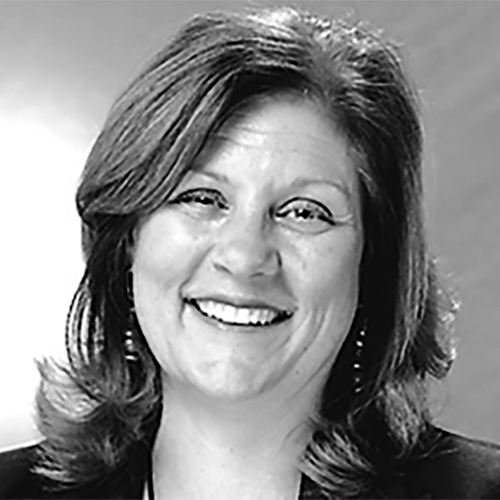
Kim Bushnell
Kim Bushnell is the vice president for patient care services and chief nursing officer at Mercy Medical Center. Prior to joining Mercy three years ago, she
held various leadership positions, including assistant vice president for patient care and director-level positions in critical care and emergency
services.
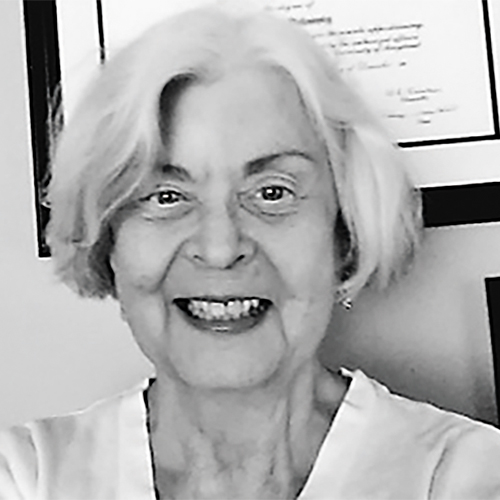
D. Paxson Barker
Paxson Barker has been a registered nurse for 43 years, first as a cardiovascular nurse specialist and now as a public-health nurse specializing in
environmental and occupational health. She is currently a nurse educator teaching graduate and undergraduate nursing courses in an online format.

Janice J. Hoffman
Janice J. Hoffman is the assistant dean of the Bachelor of Science in Nursing program at the University of Maryland School of Nursing. With over 30 years
of nursing experience, she has taught in baccalaureate, associate, and diploma nursing programs, and she has served in acute-care and military
staff-development positions.
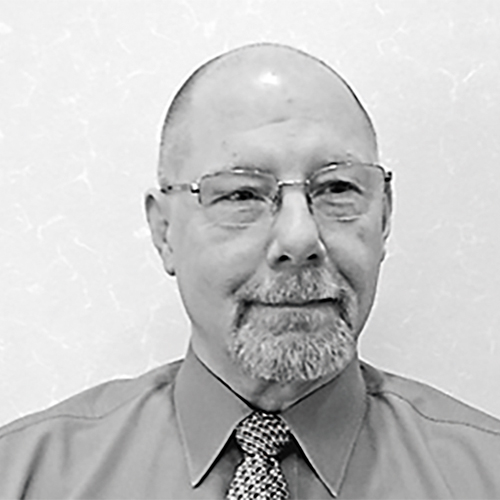
Ed Suddath
Ed Suddath has served for seven years as the chief staff officer at the Maryland Nurses Association, founded in 1903 as the only membership organization
for registered nurses in Maryland. He has over 40 years of experience in the combined fields of education and association management.
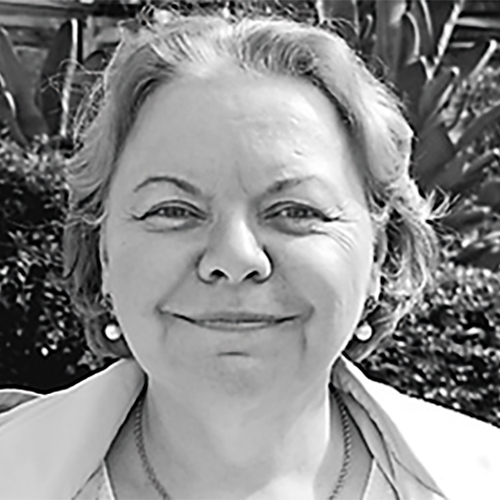
Joann Oliver
Joann Oliver has worked in multiple settings, including critical care, staff development, and school health, and has taught in varied academic settings.
She currently teaches in the nursing department at Anne Arundel Community College and is vice president of the Maryland Nurses Association.

Lisa Rowen
Lisa Rowen is senior vice president for patient care services and chief nursing officer at the University of Maryland Medical Center, overseeing 5,000
nurses and other health professionals. She is an associate professor at the University of Maryland School of Nursing.
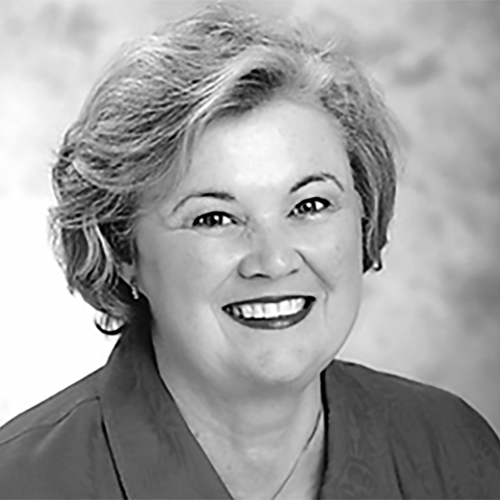 Kathleen T. Ogle
Kathleen T. Ogle
Kathleen T. Ogle is the interim chair for the department of nursing at Towson University. She has over 45 years of nursing experience, mainly in emergency
and trauma. She also maintains a practice as a family nurse practitioner, and is the president-elect of the Maryland Nurses Association.
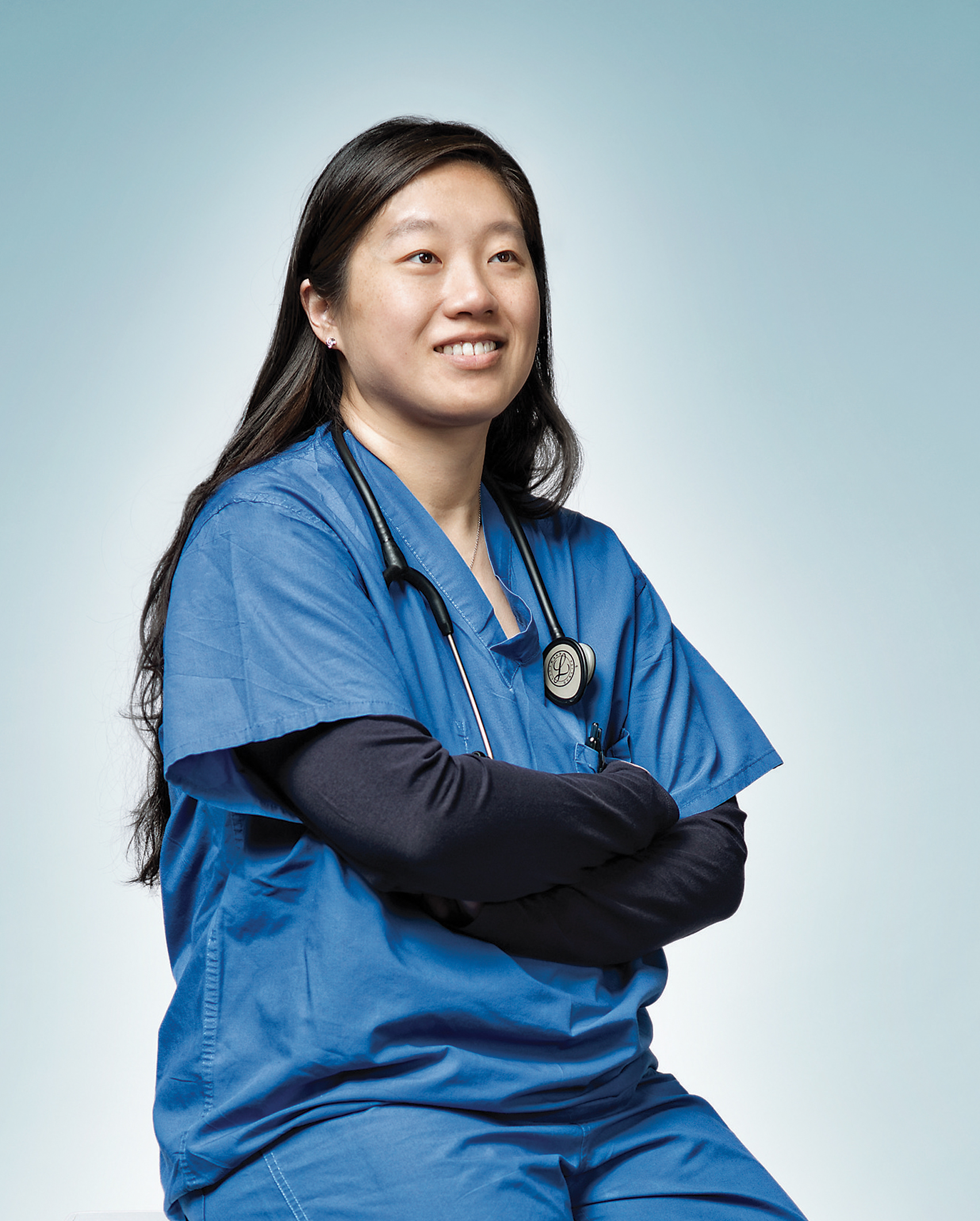
Renee Kwok, 32
Nurse manager, Department of Radiation Oncology, University of Maryland Medical Center
What advice do you give to new nurses?
I tell them to be proactive and never be afraid to ask questions. How important is teamwork? It’s extremely important. As they say, ‘There
is no “I” in team’—everyone plays an important role in teamwork. How do you handle a highly stressful day? I take a deep breath and do one
thing at a time. What would you have done as a career if you hadn’t been a nurse? I would have chosen to become a teacher. Can you give an example of a time you felt especially rewarded by your job? Whenever patients hold my hands and say a simple ‘thank you’
and then smile at me.
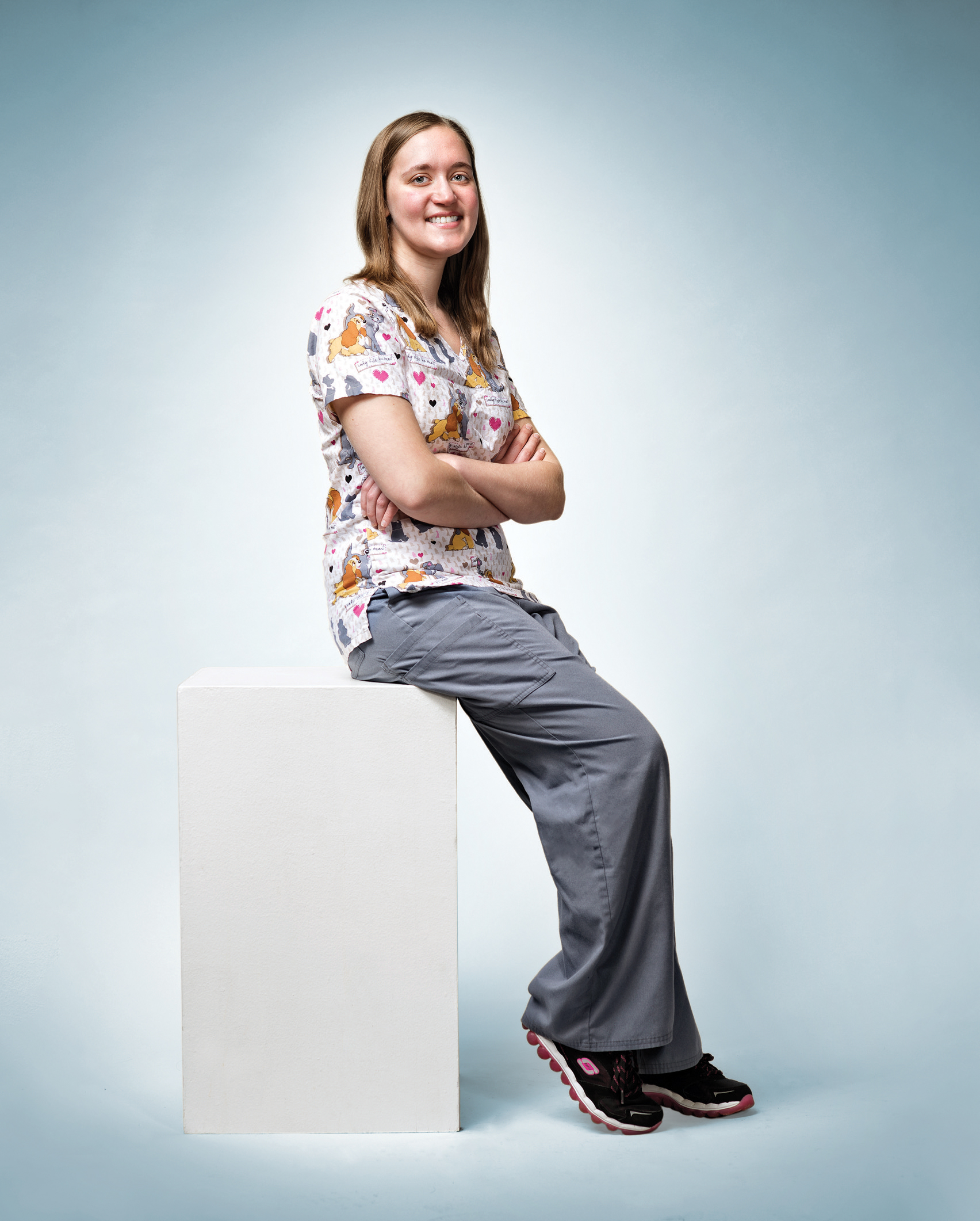
Rebecca Dickinson, 27
Nurse team leader, Center for Pediatric and Adolescent Rehabilitation, Mt. Washington Pediatric Hospital
What makes working with kids different?
The most important quality working with children is patience since you have to address the child’s fears, their family’s concerns, and procedures could
take longer to make sure they are as pain-free as possible. You also have to be willing to take breaks to give out hugs, snuggle with the babies, and play
games with the older kids. What would you have done if you hadn’t been a nurse? I probably would have become a forensic scientist. How do you cope with stress? I have to be able to laugh at work and make jokes or else I would
be an emotional mess while I’m there.

Ganogtong “Nok” Tongprom, 52
Staff R.N., Sherwood Surgical Center, GBMC
What would you have done if you hadn’t been a nurse?
Actually, nursing was not my first career. For 16 years, I worked on computer-communication networks for air-traffic control. I
got interested in nursing when I moved to the United States.
What advice do you give to new
nurses?
New nurses should make sure their heart is in the right place before committing to the
job. Get as much experience as possible by learning from every doctor, nurse, and technician with
whom you work. Make sure you have heart and a good attitude when you choose to be a nurse.
What is your greatest challenge?
As a nurse, I have to show my sincerity to each patient to gain their trust. The challenge is how to approach each individual patient to do so.
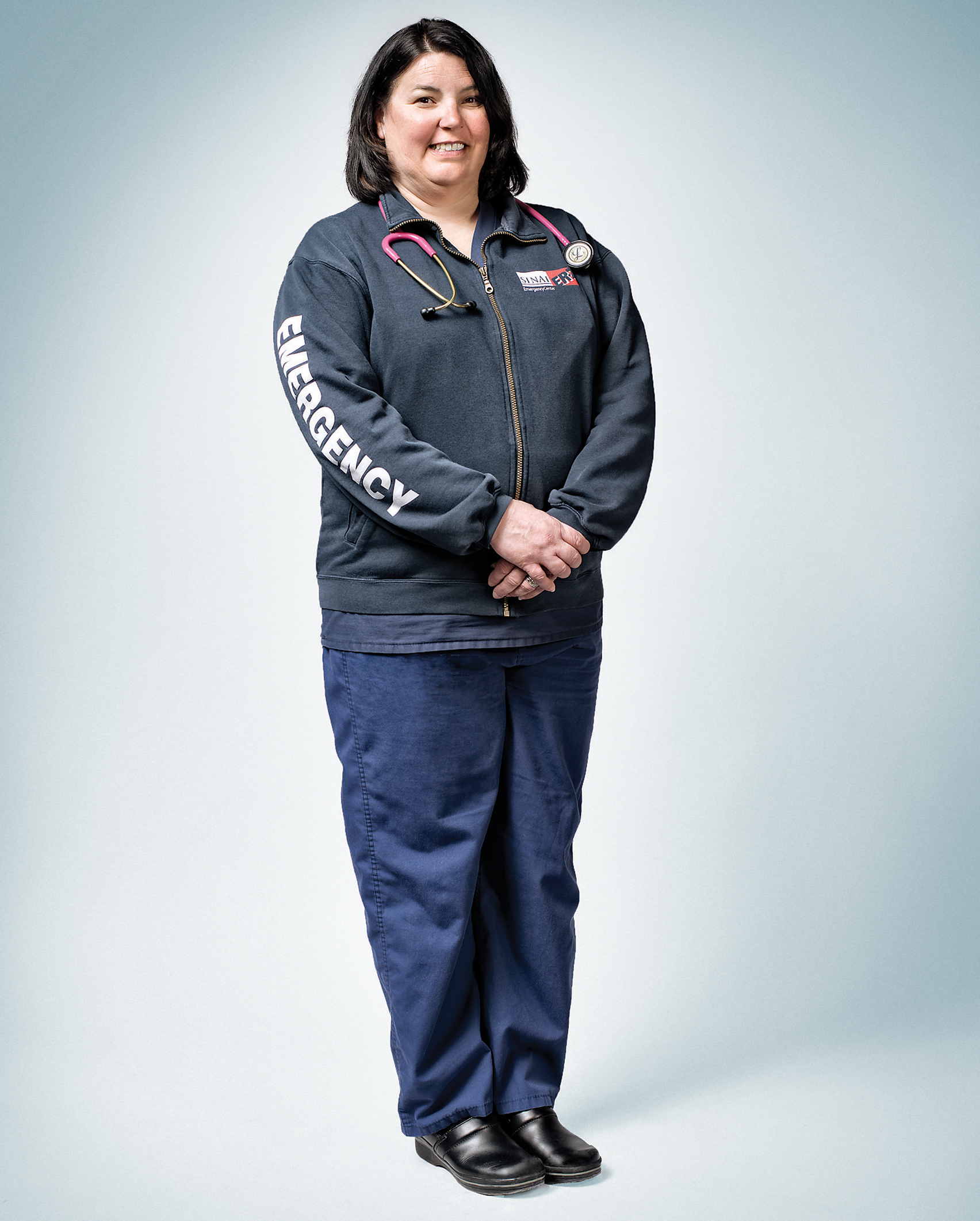
Kimberly Bowen, 44
Registered nurse II, Sinai Hospital of Baltimore
What’s the best thing about your job?
Saving lives, relieving pain, reassuring
people, and providing overall service to everyone who entrusts us with their care. What’s unique about what you do? The Emergency
Department is fast-paced
and you never know what is going to come in the door at any given time. Knowing
that you have nurses, doctors, critical-care techs, and many other disciplines helping you to provide quality care to that patient is empowering. How do you cope with a difficult day? Everyone has stress—it’s all in how you deal with it. I find comfort and support from my colleagues.
Sometimes it’s talking it through with someone who understands and can relate to a situation.
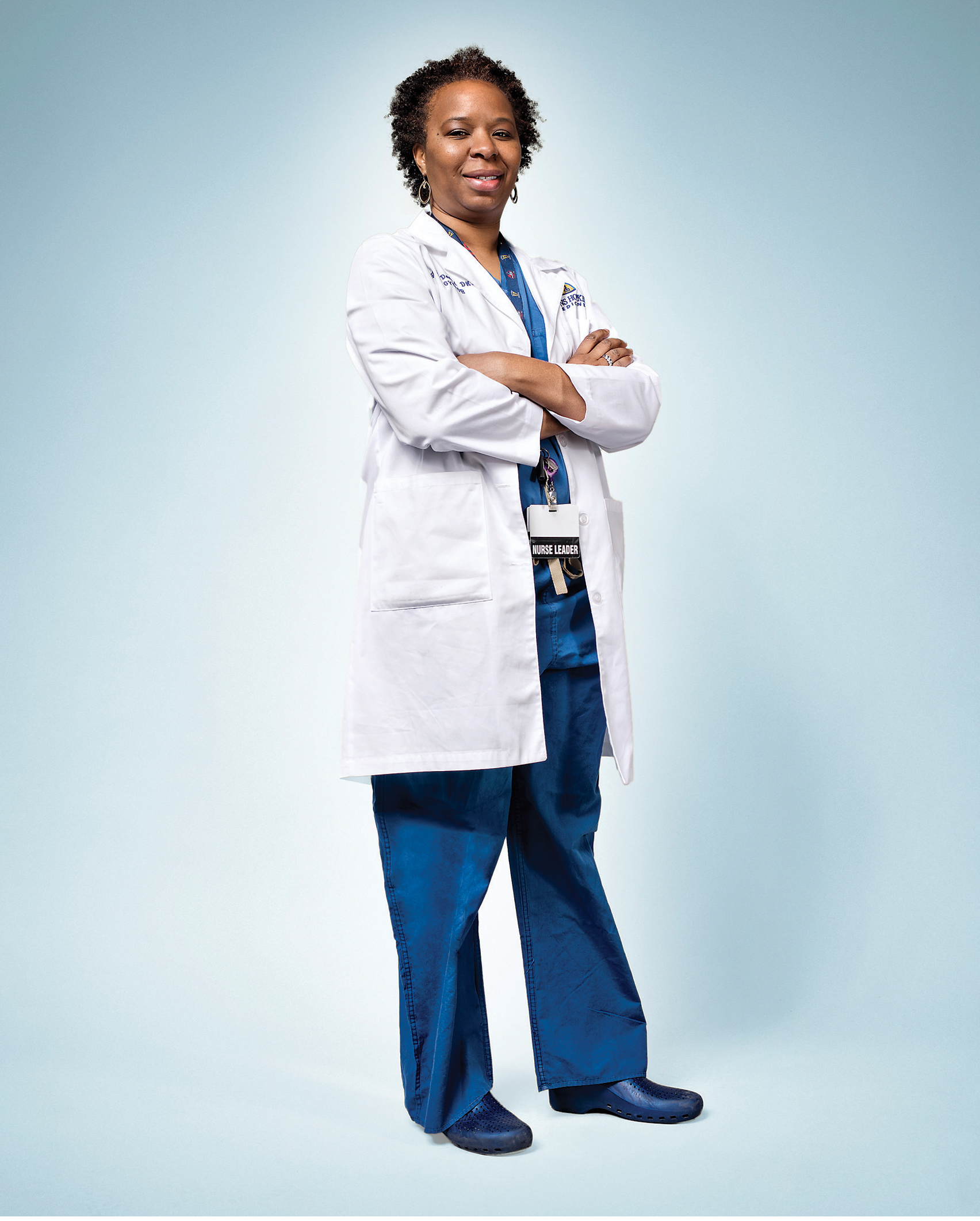
Lynn Richards-McDonald, 46
Cervical-cancer screening coordinator, The Johns Hopkins Hospital
How has nursing changed?
Once a profession that began without formal training, nursing has advanced to a respected art and science with the expansion of roles and duties and
advanced degrees. One constant is that the nurse has always been expected to perform her duties with compassion. What’s the most important quality for a nurse with your job? Advocacy. In this particular role,
I see women who are underserved. It’s important that I create a relaxing and private setting to answer any questions she may have in very simple terms. What is your greatest challenge? Obtaining adequate resources to support my program. . . . I work with what I have, do my best, and,
hopefully,
I will one day obtain additional resources to support this incredible service for underserved women.
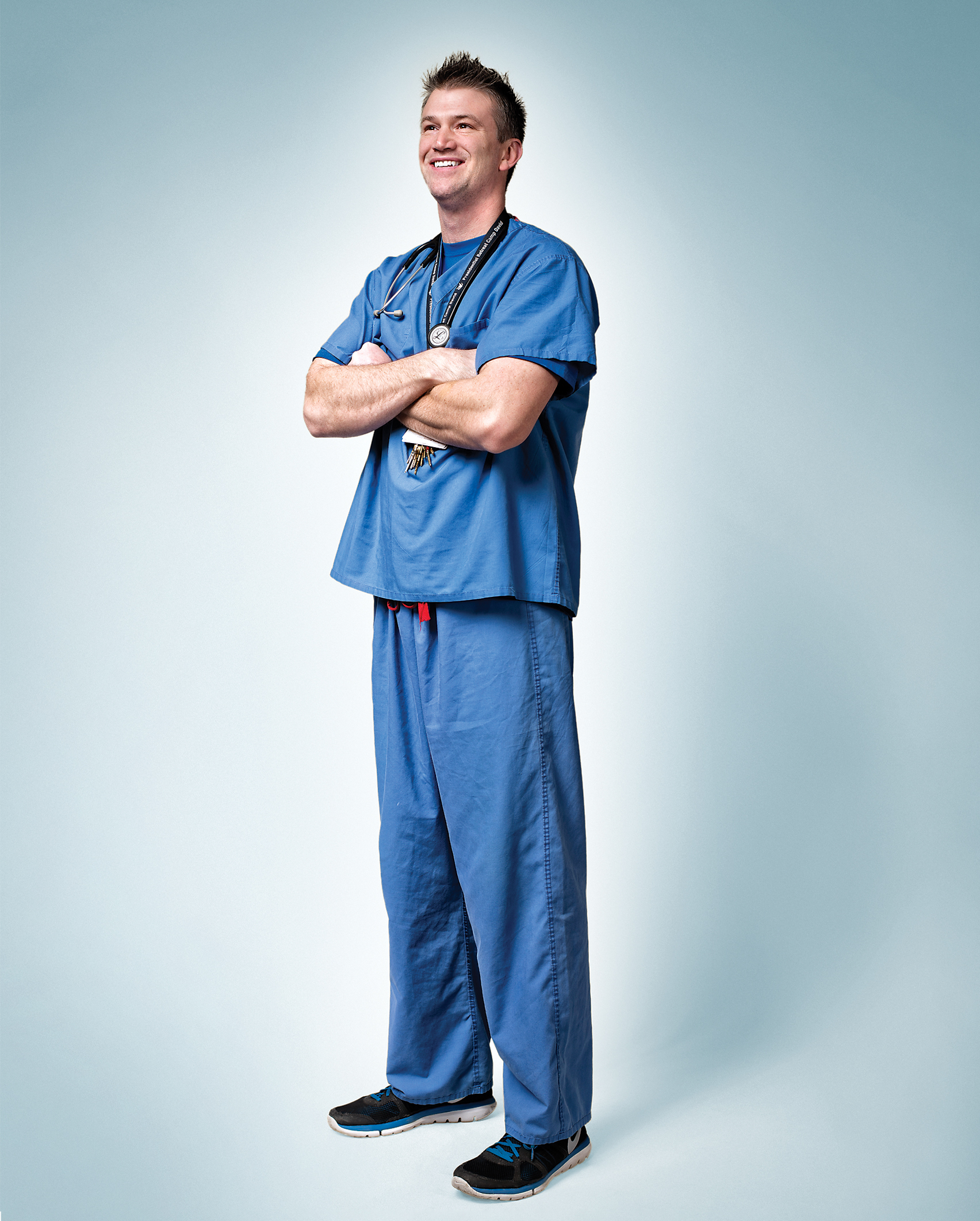
Todd Milliron, 41
Senior clinical nurse, University of Maryland Medical Center
How did you get into nursing?
Growing up on a small dairy farm in Pennsylvania, I was always willing to jump in and help when someone was injured or an animal went down. How has nursing evolved? Opportunities for nurses continue to expand as they are utilized for their expertise outside of hospitals.
However, there are so many jobs available once you have R.N. behind your name that we could see fewer experienced nurses at the bedside. What do you consider the profession’s greatest rewards? When a patient or family member comes up to you and says ‘thanks’ or writes a
letter about your care, it’s like hitting the lottery.
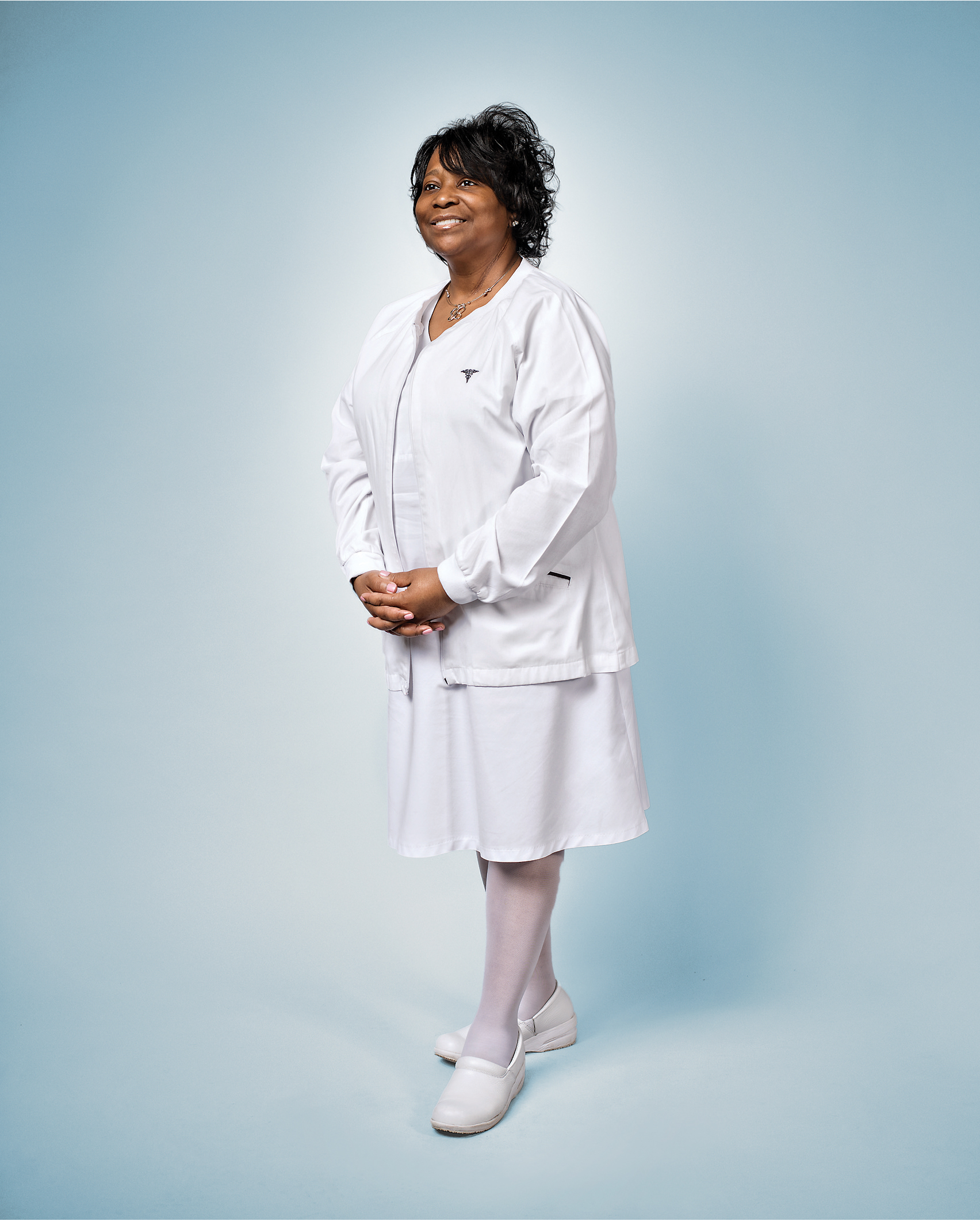
Tanya Allen, 49
Director of health services, Roland Park Place.
How did you get into nursing?
When I was very young, I had a cerebrovascular accident, or stroke. The excellent care provided to me during that time piqued my interest in wanting to
become a nurse so that I, once a receiver, could now be a giver of excellent care. What’s the most important quality for a nurse with your job? Since Roland Park Place is a continuing-care retirement community, which
provides services to the geriatric population, the most important quality a nurse with my job should possess is patience with families and residents alike. What advice do you give to new nurses? Find your niche in the nursing arena and flourish. And never stop learning because things are
always changing and improving in the nursing field.

–Shuttersock
Florence Nightingale Would Be Proud
For today’s nurses, it’s about new roles and increased responsibilities.
By Christina Breda Antoniades
It used to be, if you wanted to see nurses in action, your best bet would be to head to a hospital. There, you’d find them hard at work, ministering to patients with every conceivable affliction. You’ll still find them there, of course, though today they’re performing more complex tasks with higher-tech tools than ever before and collaborating in new ways across countless disciplines. Increasingly, you’ll also find nurses outside the hospital walls, heading to patients’ homes to offer care or wellness education, assisting in procedures at outpatient centers, or even providing primary care in doctor’s offices and urgent-care clinics.
“The biggest change is where nurses work,” says Maryland Nurses Association (MNA) president Janice Hoffman. “It used to be, if you were really sick and needed nursing care, you had to get it in a hospital. That’s no longer true.” The shift is driven by a blend of factors, including reduced hospital stays for patients driven by changes in insurance coverage and cost-cutting motives, as well as enhanced technologies and practices that have allowed surgeries and procedures to move from the hospital to outpatient centers.
There’s another factor driving change, too: The population of Americans over the age of 65 is rapidly growing—they’ll account for an estimated 20 percent of Americans by 2030—and many are living longer, albeit with chronic health conditions likes diabetes, heart disease, and obesity. At the same time, the Affordable Care Act has given millions of Americans access to health care, increasing demand for primary care, in particular.
That increased demand—along with the desire to lower healthcare costs—has spurred a renewed focus on wellness and disease prevention, says Hoffman. “The idea is to get people before they’re sick.”
Such efforts put registered nurses into the community to help patients manage chronic conditions and stay out of the hospital. At The Johns Hopkins Hospital, once a patient is hospitalized, staff begin strategizing about how that person can best manage his or her condition when he or she heads home.
Instead of focusing just on the patient’s immediate needs while in the hospital, says Karen Haller, vice president for nursing and patient care services at Hopkins Hospital, “we’re thinking of the care provided in those days plus the 30 days after that.”
Not only are nurses in the hospital working to ensure patients leave fully prepared to manage their health, but home-care nurses also follow patients into the community to help them overcome obstacles to wellness. “They’re there to assess how patients are progressing, to make sure the patients are able to follow up on their discharge plans, that they can get their prescriptions filled, and that their side-effects are well managed,” says Haller.
A nurse visiting a patient at home might find, for example, that the patient hasn’t gotten needed medication due to the cost or has forgotten an important instruction for post-surgical care. Even seemingly non-medical challenges, like a flight of stairs that limits a patient’s mobility or an on-the-fritz air-conditioning unit, can put a patient’s health at risk. A nurse visiting the home can head off such problems, coordinating with the medical team when necessary or calling in social workers or family to improve a patient’s environment. The end result is a reduction in re-admissions and better long-term health for patients.
As nurses step out into the community, they’re also stepping up, providing care in ever more complex ways. In part, that’s because the increased demand for health care is coupled with another trend: a looming decline in physicians practicing primary-care medicine.
“We’re in this perfect storm,” says Haller. “There aren’t going to be enough primary-care physicians, so we’re going to have to think of new models.” One likely solution is to turn to nurse practitioners, a subset of the Advanced Practice Registered Nurse (APRN). In Maryland, APRNs are licensed to write prescriptions and order diagnostic tests, and they already provide primary care in many settings, including in primary-care medical practices.
Indeed, the number of APRNs (a category that also includes nurse anesthetists, certified nurse-midwives, and clinical nurse specialists) is on the rise. Shifting care of basic problems in this way lowers costs—educating a nurse practitioner (NP) is considerably cheaper than educating a doctor—and increases access to care.
“We’re more in demand than ever,” says Kathy Ogle, a family nurse practitioner who is also interim chair at Towson University’s Department of Nursing and president-elect of MNA. And nurse practitioners, who are qualified to provide care for patients with minor, acute, and stable chronic illnesses, are well-positioned to serve the community and promote preventive care. “That’s where we’re at our best,” says Ogle.
Of course, that doesn’t take the doctor out of the equation. While it makes sense to have APRNs practice to the full extent of their qualifications, “they’re not asking for an expansion of their role,” says MNA’s Hoffman. “These nurses will tell you that they have always worked in collaboration with their physician colleagues.”
APRNs aren’t the only ones obtaining skills that go beyond the basics. In addition to seeking advanced degrees in fields like information technology and community health or pursuing careers in environmental health or policy, R.N.s are also becoming increasingly specialized. Within a hospital setting like Johns Hopkins, that may mean becoming highly skilled in one treatment area like cardiac care or transplants, says Haller.
At Hopkins—whose nursing school attracts students who already have a bachelor’s in another field—Haller often sees nurses entering the field with an eye on advanced training and degrees.
“They may work in the hospital for a couple of years and then they want to be a nurse practitioner or pick up a law degree and work in risk management,” says Haller.
Still, even R.N.s who aren’t officially specialized—and don’t move on to other career paths—come to the table with broader training than they once did, says Maggie Richard, director of professional practice, research, and education for LifeBridge Health’s Sinai Hospital.
A nurse since 1986, Richard has seen a vast change in the knowledge base and educational preparation of nurses over the years. “That’s because the nature, the depth, and complexity of the patients that we provide nursing care to has changed. It is just the most evolutionary thing that I’ve ever seen.”
That evolution revolves around not just the actual medical knowledge nurses now must develop, but also around the use of new, sometimes complex, technologies that help to gather patient data, streamline procedures, or improve processes.
Given the number of aging Americans who will need ongoing, sometimes complex care and the expanding role of nurses of all stripes in providing it, there’s no doubt the field will grow in the years to come.
That growth will unfold amid a demographic change that provides challenges of its own: With a wave of older nurses approaching retirement age and too few nursing educators to turn out the number of nurses needed to meet growing demand, a nursing shortage awaits.
Nursing associations are working to increase the number of nurses to meet demand, with a close eye on quality, says Ogle. “Nursing is consistently named as the most admired profession, and we want to remain that way,” she says. “Part of our mission is to provide safe patient care for everyone in every setting. So we want to make sure we don’t grow too fast.”
Whatever the pace of the growth, one thing is certain: “The field is wide open,” says Ogle, whose career path included stints in obstetrics and the emergency room, and as a flight nurse, a nurse practitioner, and an educator. “There are a lot of opportunities. Nurses can do anything.”
